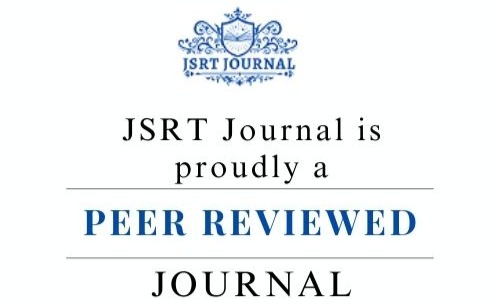An Analysis of Energy-Efficient Routing Protocols for Wireless Sensor Networks
DOI:
https://doi.org/10.61808/jsrt152Keywords:
Wireless Sensor Network, Cluster Head, Clustering Algorithms, Network Architecture, Lifetime.Abstract
The modern and present-day developments are more focused on transmitting delicate information to the final destination. To fulfil this criterion, sensor nodes (SN) have been developed, which integrate various sensing and computing unit along with the power supply, the transceiver in one single unit. These sensor nodes combined to form a network called wireless sensor networks (WSNs). WSN have a vast application like industrial monitoring, forest fire detection, border protection and security, water quality monitoring and so on. The pre-existing research mainly focused on reducing energy consumption during the process of computing and transferring data to BS. Sensors in the various applications of WSNs establish remotely in large numbers and operate autonomously. Although clustering is an effective way to increase network lifetime by using energy efficiently. Unequal or heterogeneous clustering is used in which the size of the cluster varies according to the distance of BS. Keeping all these issues, in this paper we have classified various routing protocols for WSN with their methods, advantages and disadvantages which is helpful for the next generation of WSNs.











